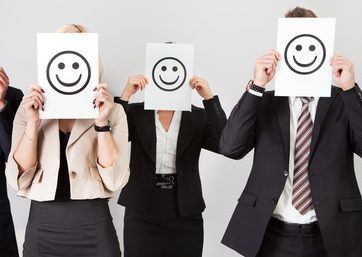Many aspects of Scottish personal wellbeing are improving faster than any other country in the UK, new statistics have revealed.
For the past seven years, the UK Government’s Office for National Statistics (ONS) has conducted a survey on the adult population’s levels of life satisfaction, whether they feel worthwhile and how anxious they have felt.
The statistics show life satisfaction in Scotland for the period June to September 2017 compared to the previous quarter is up 0.26% while anxiety dropped by 1.02% and the number of people stating their life was “worthwhile” saw a 0.38% improvement.
This is the largest improvement of any constituent country in the UK. The only category Scotland is overtaken in is happiness, in which Northern Ireland saw a jump of 1.05% compared to Scotland’s 0.4%.
There was no change in happiness levels in England, while Wales saw smiles fall 0.27% on average.
English and Welsh residents saw an increase in anxiety levels — up by 0.34% and 1.03% respectively.
Those who rated what they do in life worthwhile stayed the same in England, and Wales and Northern Ireland saw a fractional increase.
Life satisfaction increased everywhere other than Northern Ireland, where it stayed the same.
The ONS publishes regular quarterly statistics for the UK overall, broken down by each country.
Since 2012, Northern Ireland has seen the biggest improvements according to the study, with anxiety falling 15% and happiness and life satisfaction improving by 4%.
In Scotland, anxiety has fallen by 5% and happiness and life satisfaction have increased by just over 2%.
In November, the UK reported its highest levels of happiness since 2011 after the first full-year statistics were published since the EU referendum.
For the period between July 2016 and June 2017, UK citizens (scoring out of 10) rated on average 7.5 for happiness, 7.7 for life satisfaction, with 7.9 reporting that they felt what they do in life is “worthwhile”.
It comes as the 2018 Happiness Survey, conducted by workplace incentives and rewards provider, One4all Rewards, revealed the average British worker rates their happiness at 6.8 out of 10.
According to the survey, males aged over 55 working in a marketing, communications or advertising micro-business are happiest in the UK.







